
What is Tokenization of Real-World Assets? The $30 Trillion Revolution Explained
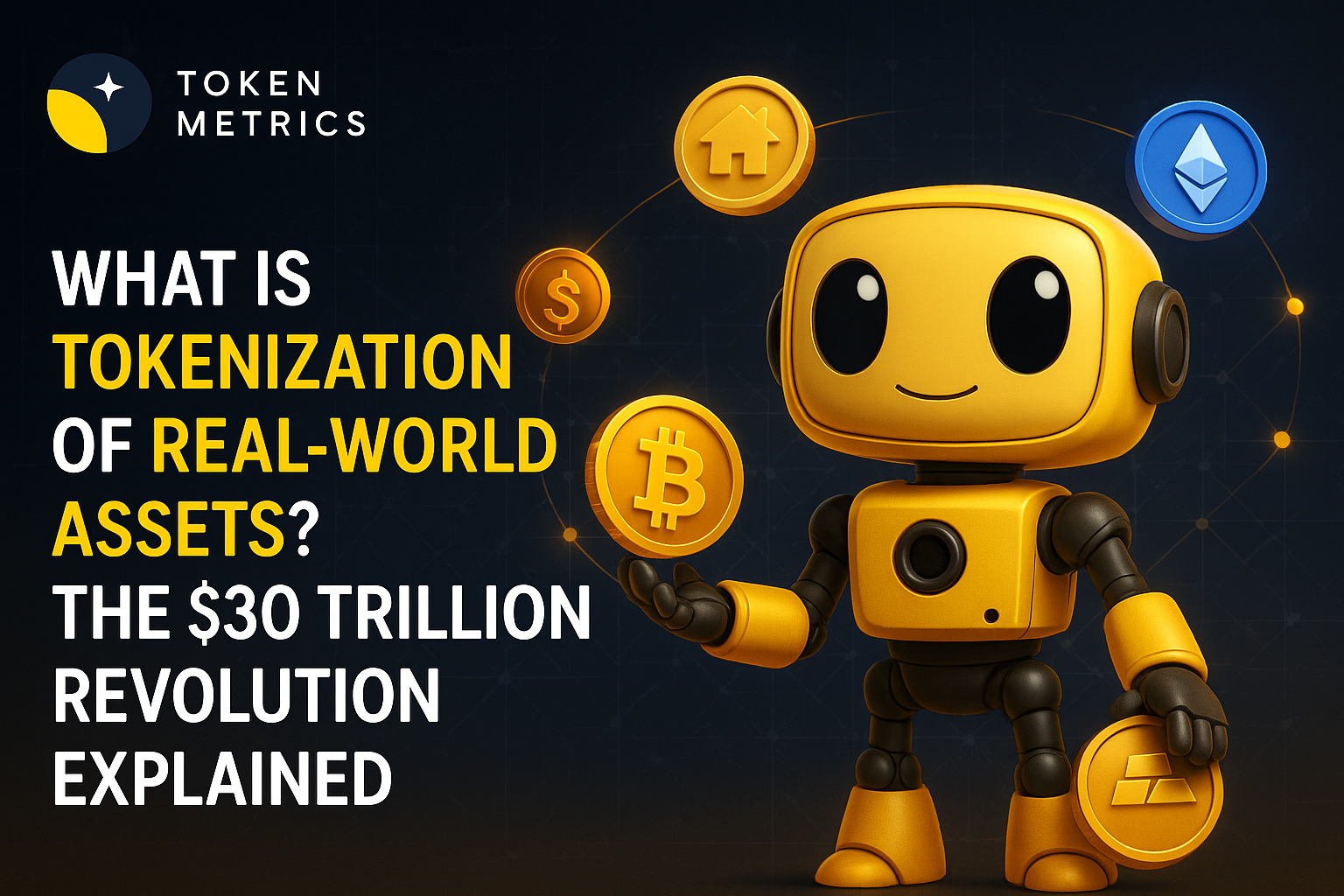
The financial world is undergoing a historic transformation as real-world assets migrate onto blockchain networks at an unprecedented pace. What began as experimental pilots has rapidly expanded into a $30 billion market in 2025, with projections soaring to $30 trillion by 2034. This groundbreaking shift, known as real-world asset tokenization, is fundamentally changing how investors trade, own, and manage valuable assets. Platforms like Token Metrics are at the forefront, empowering investors to capitalize on this massive evolution in the financial landscape.
Understanding RWA Tokenization
So, what is tokenization of real world assets? At its core, real-world asset tokenization is the process of creating a digital representation of ownership rights in physical and traditional financial assets by issuing digital tokens on a blockchain. These assets encompass a broad spectrum—from real estate, corporate bonds, and private credit to commodities, art, and other traditionally illiquid assets. Instead of relying on paper certificates, complex legal frameworks, and intermediaries, tokenization uses blockchain technology to simplify ownership and enable seamless trading.
Imagine a high-value asset like a $10 million real estate property. Through the tokenization process, this property can be divided into 10,000 digital tokens, each representing fractional ownership worth $1,000. Investors can purchase any number of these tokens, gaining fractional ownership in assets that were previously accessible only to wealthy individuals or large institutions. This innovation democratizes access to markets, allowing retail investors to participe alongside institutional investors in asset classes that were once out of reach.
By converting traditional assets into tokenized assets, asset owners and issuers can unlock liquidity, reduce costs, and streamline asset management. The token not only represents fractional ownership but can also encode rights such as interest payments or dividends, all managed efficiently through smart contracts on the blockchain.
The Explosive Growth of RWA Markets
The growth of the real world asset tokenization market has been nothing short of spectacular. From a modest $8.6 billion at the start of 2025, the market ballooned to over $30 billion by mid-year—an astonishing 400% increase in just three years and roughly 260% growth in the first half of 2025 alone. This rapid expansion signals that financial institutions have moved beyond pilot projects to large-scale implementation.
Looking ahead, market forecasts vary but all suggest massive growth. McKinsey predicts the market will reach $2 trillion by 2030, Boston Consulting Group estimates $16 trillion, and Standard Chartered projects up to $30 trillion by 2034. Even the most conservative projections indicate that asset tokenization will reshape the global financial markets, creating opportunities larger than many national economies.
This surge is fueled by several factors, including clearer regulatory frameworks in key jurisdictions like the United States. As regulators provide guidelines for legal compliance, institutional investors gain the confidence to participate in blockchain-based financial products. The convergence of technology, regulation, and market demand is propelling the tokenization revolution forward.
Major Asset Classes Being Tokenized
Tokenization spans a diverse array of asset classes, reflecting its broad applicability across traditional financial assets and physical assets alike. Among the most prominent:
- Private credit dominates with 58% of the market, approximately $14 billion in tokenized value. Tokenizing private credit reduces operational costs and opens up investment opportunities in lending markets previously reserved for specialized funds and asset managers. The creation of secondary markets enhances liquidity and investor access.
- US Treasuries hold the second-largest share at 34% ($8.2 billion). These tokenized real-world assets appeal to institutions seeking yield-bearing, blockchain-native securities with around-the-clock trading capabilities. The tokenized treasury market has seen a remarkable 539% growth between January 2024 and April 2025.
- Real estate tokenization accounts for about 6% of the market. This includes tokenizing real estate assets such as residential buildings and commercial real estate, enabling fractional ownership and easier transfer of property interests through digital tokens.
- Other asset classes include commodities like gold (3%), equity tokens, and carbon credits (each about 1%). This diversity highlights that tokenization technology adapts well to a broad range of traditional asset classes and tangible assets.
By converting these assets into digital assets on blockchains, investors gain access to previously inaccessible or illiquid markets, benefiting from enhanced transparency and operational efficiency.
Wall Street Embraces Blockchain
The endorsement of blockchain technology by major financial players marks a pivotal moment in the adoption of tokenized real-world assets. Industry giants such as BlackRock, Goldman Sachs, JPMorgan, Franklin Templeton, and Apollo have transitioned from pilot programs to full-scale deployment.
For example, BlackRock’s $2.9 billion BUIDL fund and Franklin Templeton’s $420 million tokenized money market fund demonstrate serious institutional capital embracing blockchain infrastructure. Larry Fink, CEO of BlackRock—the world’s largest asset manager—has publicly declared that tokenization represents the next evolution in financial markets.
When institutions managing trillions of dollars commit to real-world asset tokenization, it signals that this innovation is not speculative hype but a fundamental transformation of traditional finance and capital markets. Their involvement accelerates the development of regulatory compliance standards and fosters broader market acceptance.
Key Benefits Driving Adoption
- Enabling fractional ownership: Tokenization breaks down high-value assets into smaller, affordable units. This lowers entry barriers, allowing retail investors to participate in markets like tokenized real estate or private equity with minimal capital.
- Enhanced liquidity: By transforming traditionally illiquid assets into tradable tokens, tokenization facilitates quicker asset transfers. Real estate or private credit investments that once took months to exit can now be sold in minutes on secondary markets.
- 24/7 global trading: Unlike traditional markets limited by banking hours and geographic boundaries, tokenized assets trade continuously across global markets. Investors anywhere can transact at any time, increasing market efficiency.
- Transparency and security: Blockchain’s immutable ledger records every transaction and ownership change, offering unprecedented visibility and reducing fraud risk. This transparency builds investor confidence and simplifies asset servicing.
- Reduced costs and operational efficiency: By consolidating functions such as distribution, clearing, settlement, and custody into blockchain-based protocols, tokenization lowers fees and counterparty risk. This streamlining benefits both asset issuers and owners.
Together, these advantages are reshaping how financial assets are issued, managed, and traded, opening new frontiers for institutional investors and retail participants alike.
Navigating RWA Investments with Token Metrics
As the tokenization of real world assets accelerates, investors face a complex landscape with hundreds of projects and platforms. This complexity underscores the need for sophisticated tools to analyze opportunities and manage risk effectively. Token Metrics, a leading crypto trading and analytics platform, plays a crucial role in this space. It offers comprehensive analysis of tokenized assets, tracking the performance of various RWA protocols and providing data-driven insights. Investors can evaluate the fundamentals of projects, assess regulatory requirements, and compare tokenomics with confidence.
The platform’s AI-driven ratings and indices enable users to benchmark tokenized real estate, private credit, and treasury tokenization initiatives against each other using consistent methodologies. Real-time market data and alerts keep investors informed about key developments, such as new institutional partnerships or changes in securities laws impacting tokenized assets.
For those building diversified portfolios that include both native crypto assets and tokenized real-world assets, Token Metrics offers a unified infrastructure to optimize allocation, understand correlations, and navigate the evolving financial landscape.
Challenges and Considerations
Despite its promise, the tokenization revolution faces several challenges:
- Regulatory uncertainty remains a major hurdle. Jurisdictions differ in how they define securities, tax tokenized assets, and enforce disclosures, complicating global transactions and legal compliance.
- Technical standardization is still evolving. Multiple blockchains host tokenized assets, but interoperability is limited, potentially locking assets within specific networks.
- Legal frameworks and blockchain links: The connection between blockchain records and legal systems requires further development. Practical questions—such as responsibility for property maintenance or tax obligations on tokenized real estate—need clear legal frameworks.
- Balancing regulation and innovation: Ensuring regulatory frameworks support innovation without hindering growth is a delicate task for regulators and industry participants.
Addressing these issues is critical to unlocking the full potential of asset tokenization and expanding its adoption across traditional markets.
The Road Ahead
The tokenization of real-world assets is no longer a question of if but when and how fast. Industry leaders like Larry Fink of BlackRock and Jamie Dimon of JPMorgan have openly endorsed this transformation, signaling that blockchain-based asset ownership is the future of finance.
The year 2025 marks a tipping point where regulatory clarity, institutional participation, and technological maturity converge to enable widespread adoption. The era of pilots is ending; production-scale deployments are underway. Over the next decade, tokenization will likely encompass nearly every asset class, fundamentally altering how ownership is recorded, transferred, and managed.
For investors eager to participate in this revolution, leveraging platforms like Token Metrics is essential to navigate the rapidly evolving market. As the market grows from billions to trillions, those equipped with superior data, analysis, and insights will be best positioned to benefit from one of the most significant wealth creation opportunities in financial history.
The future of asset ownership is being written in code and deployed on blockchains. Understanding what is tokenization of real world assets today is your first step toward engaging with the financial system of tomorrow.

.svg)

Create Your Free Token Metrics Account

.png)




%201.svg)
%201.svg)


%201.svg)



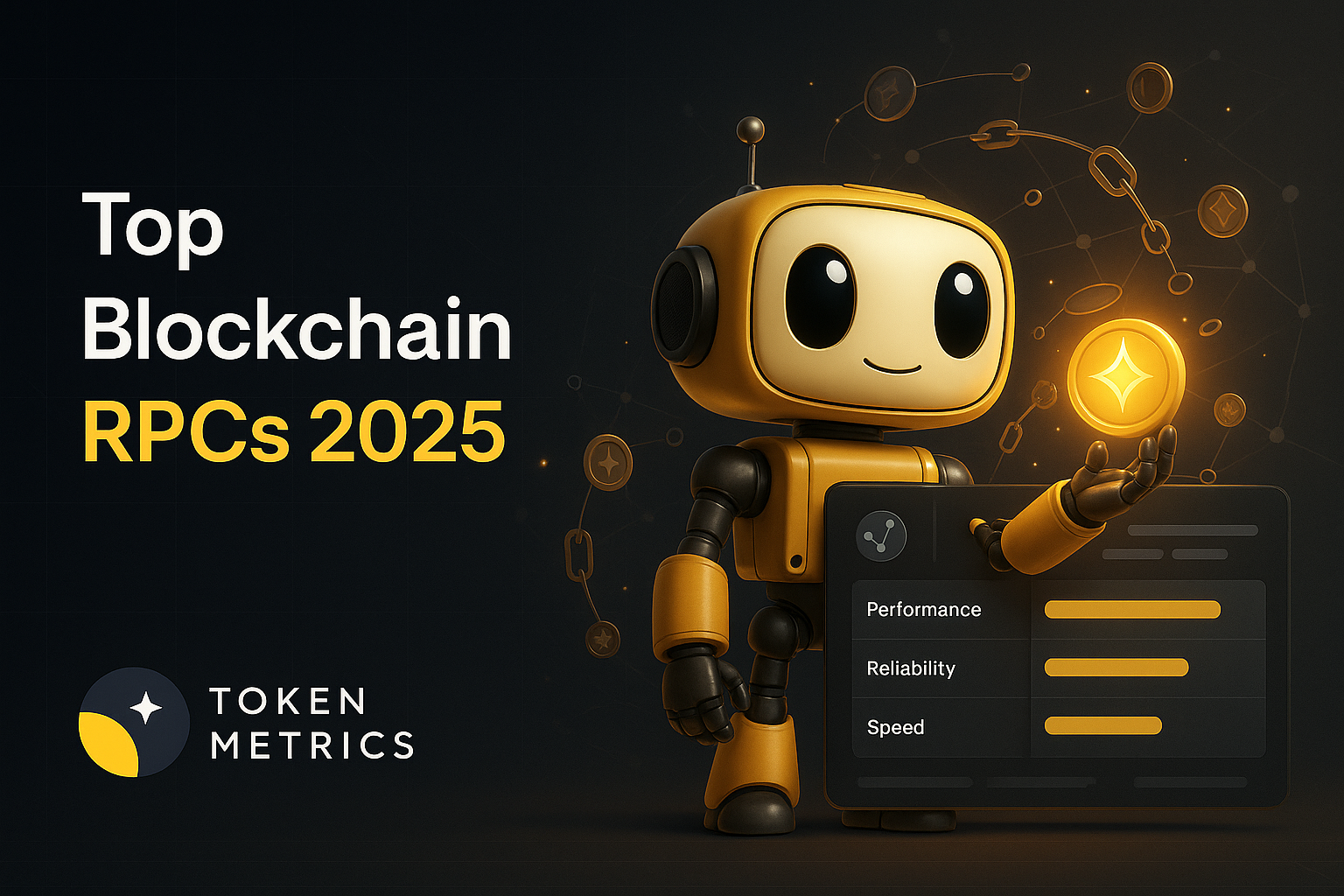
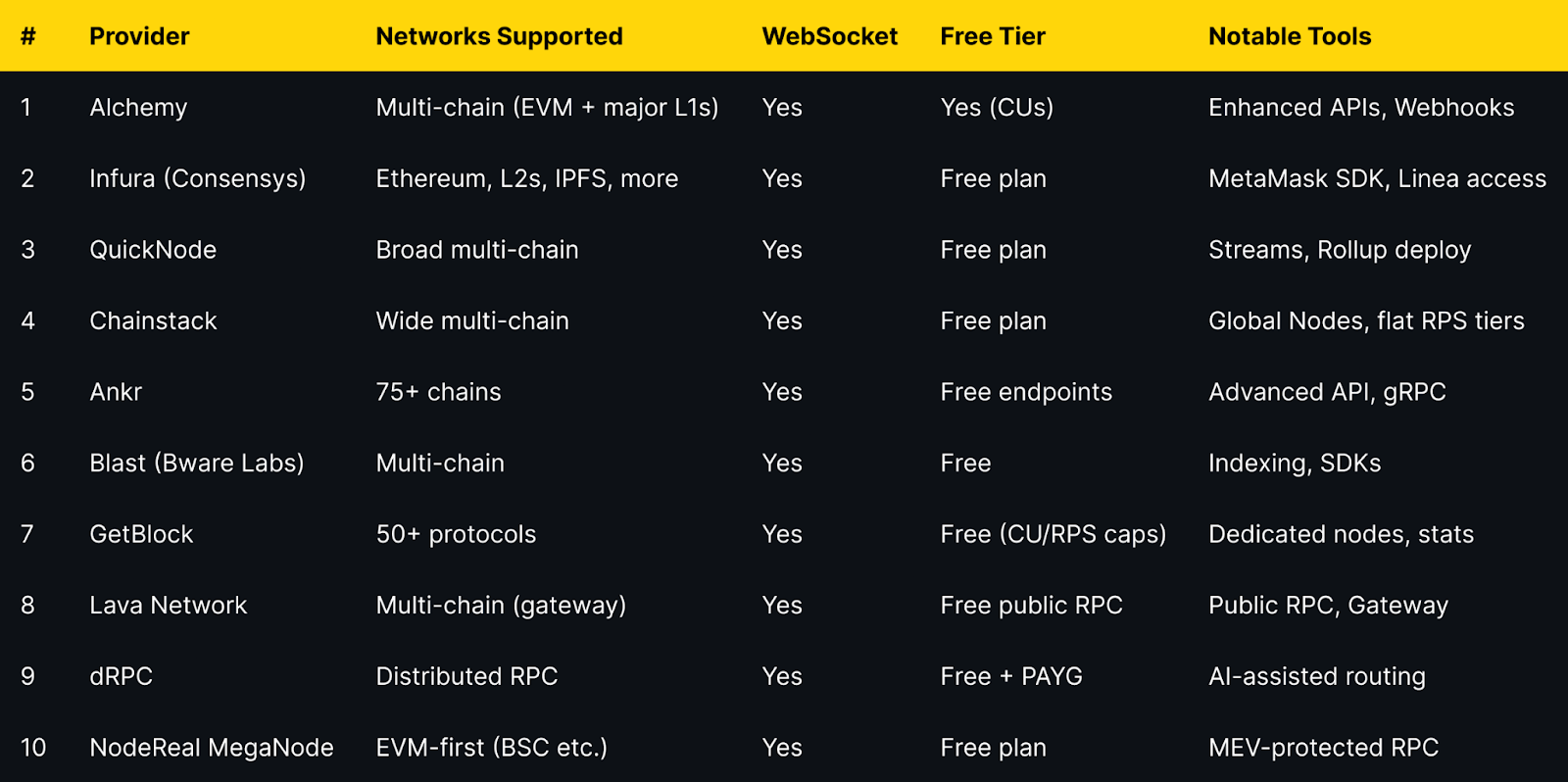

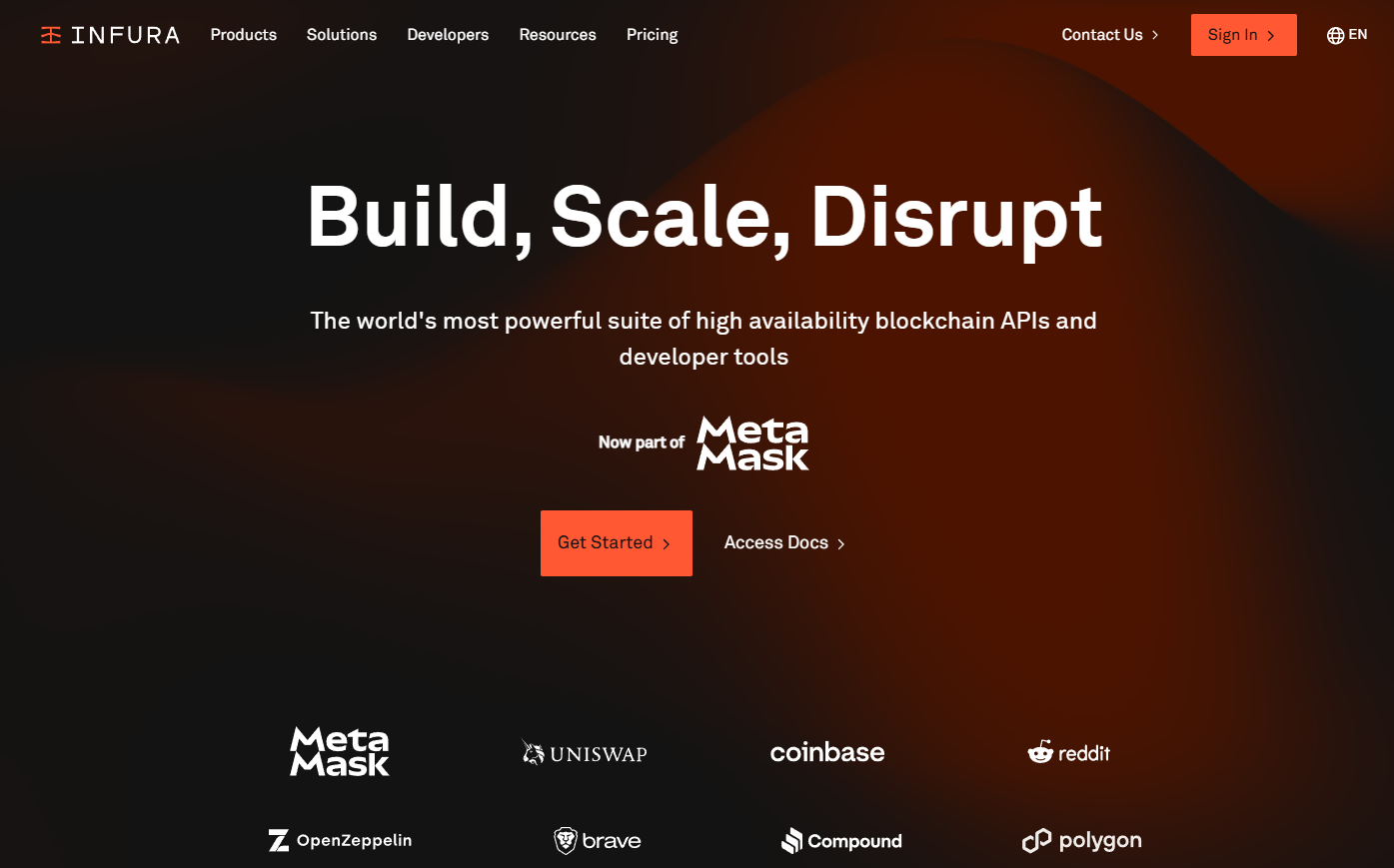
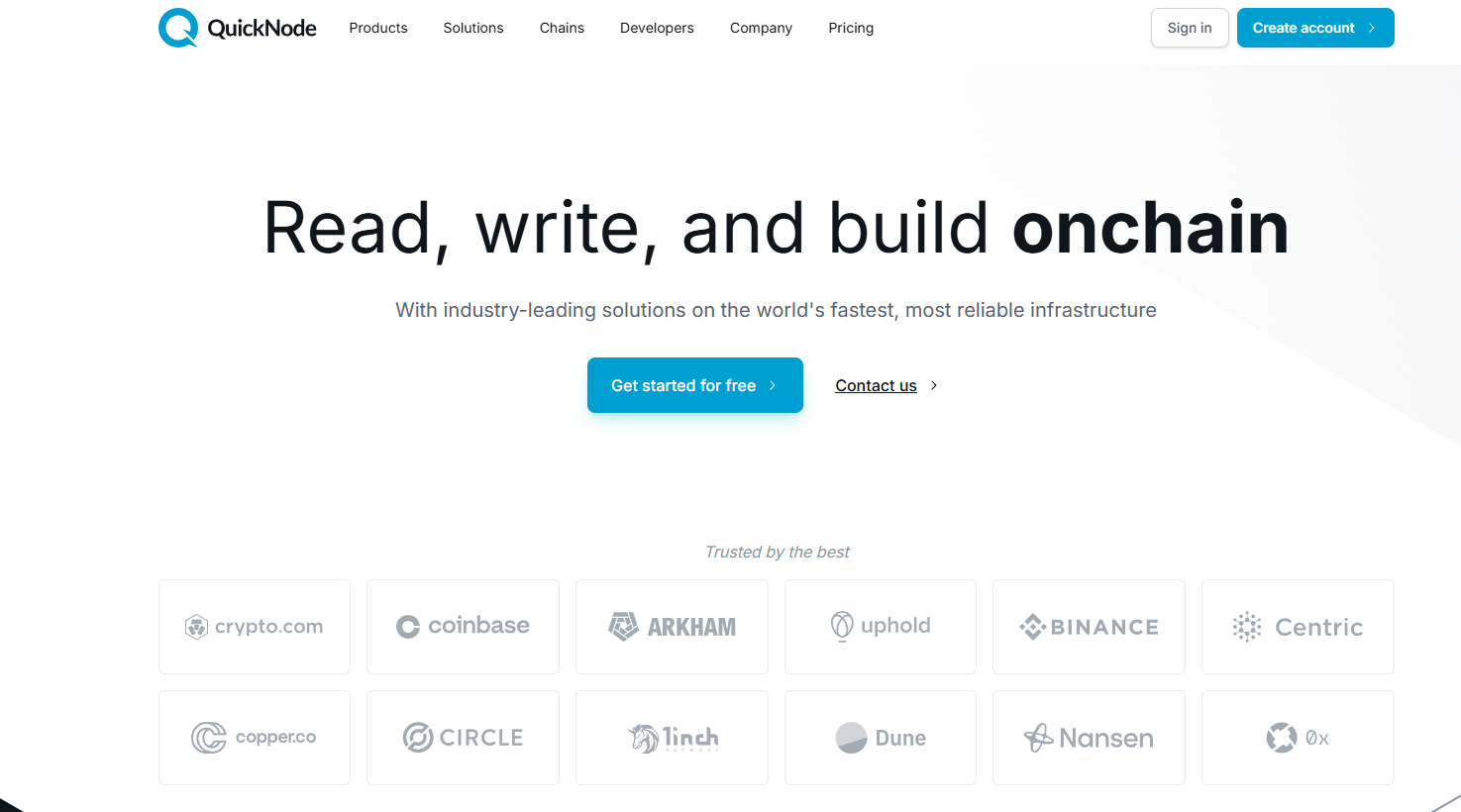

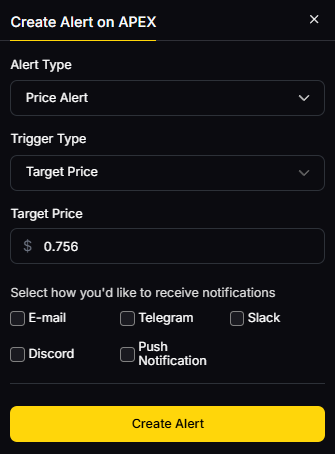

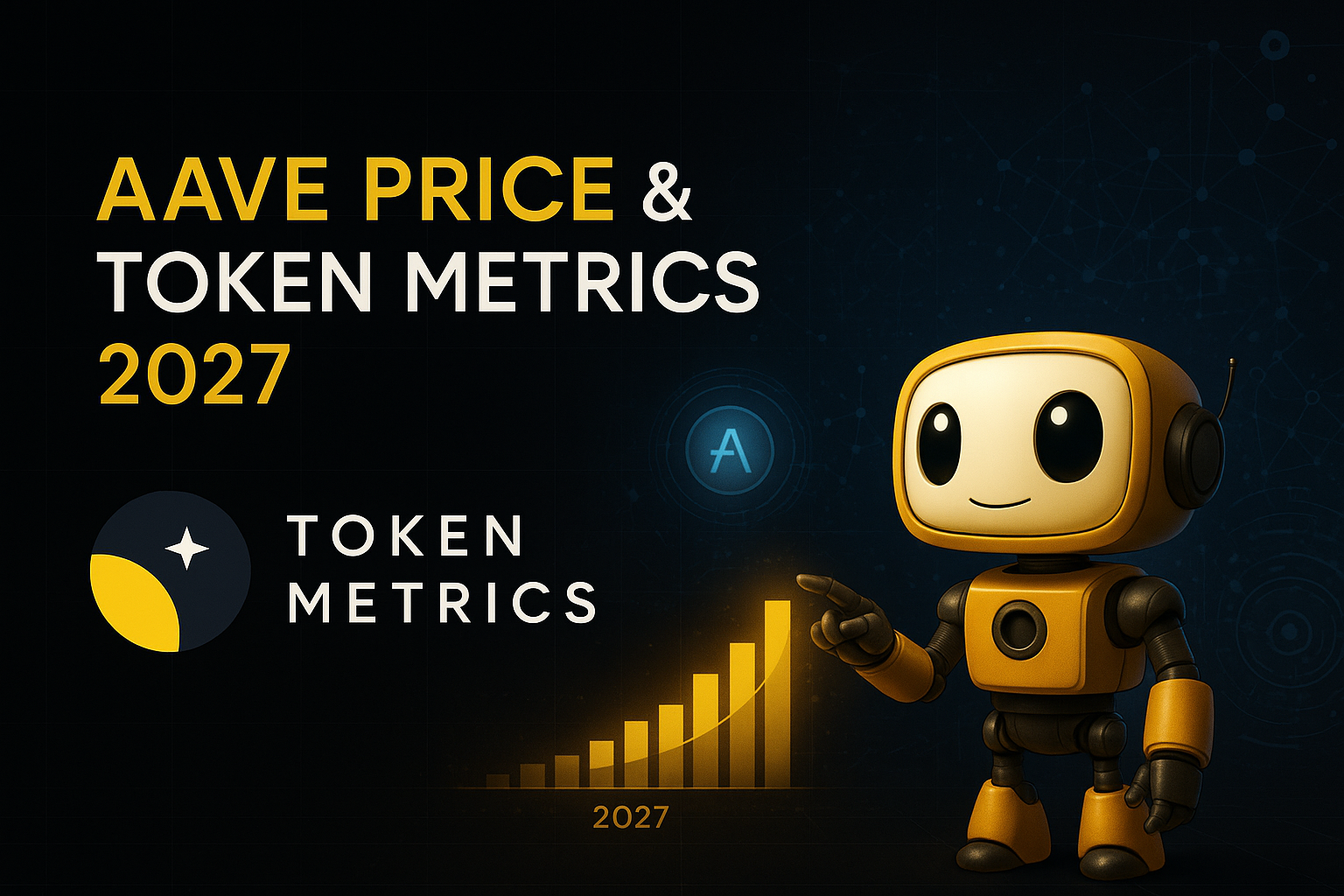

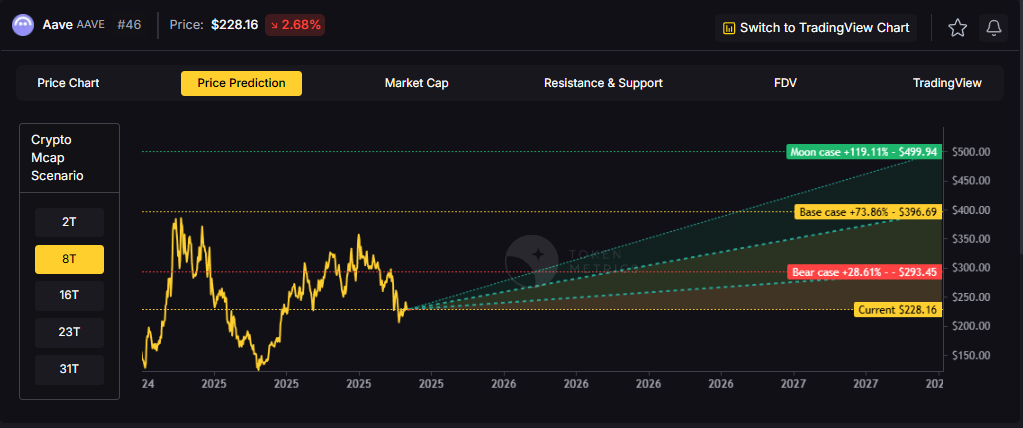
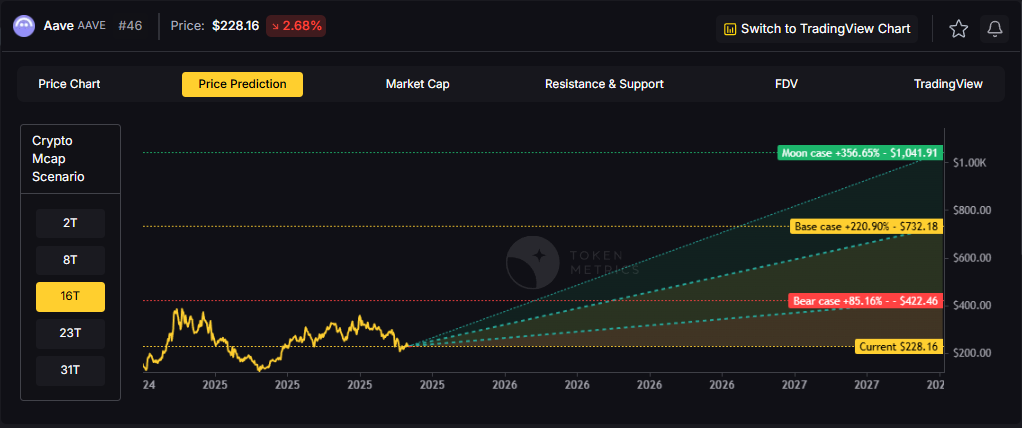

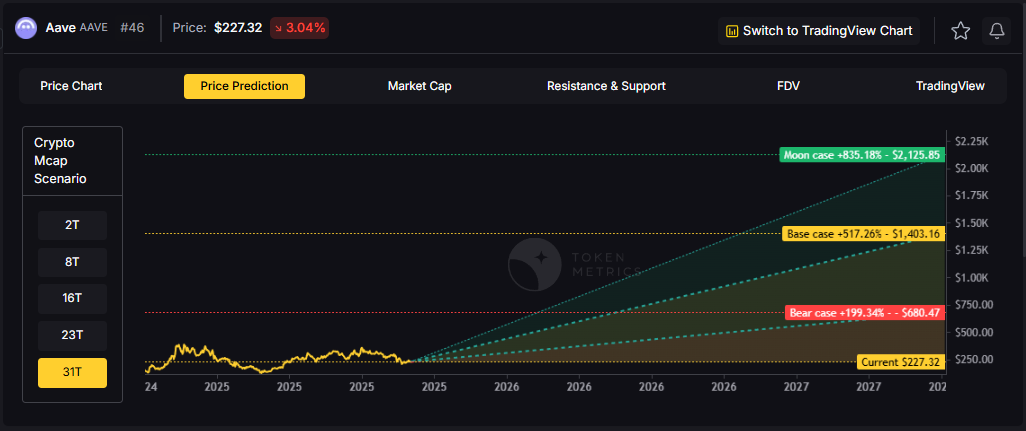

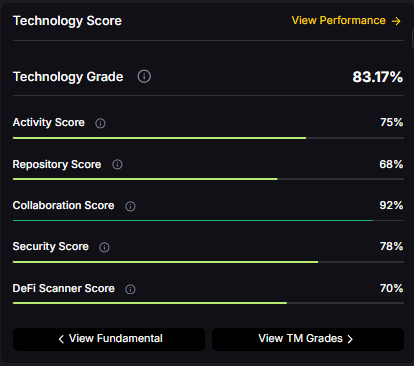
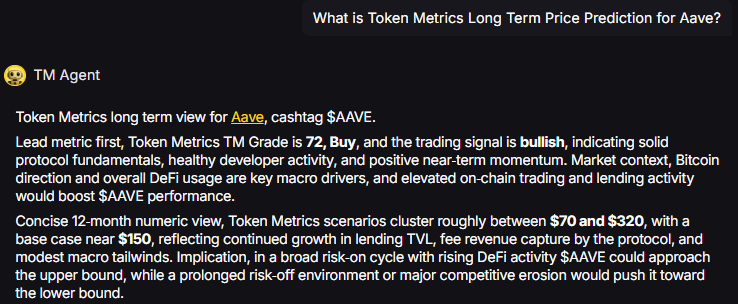
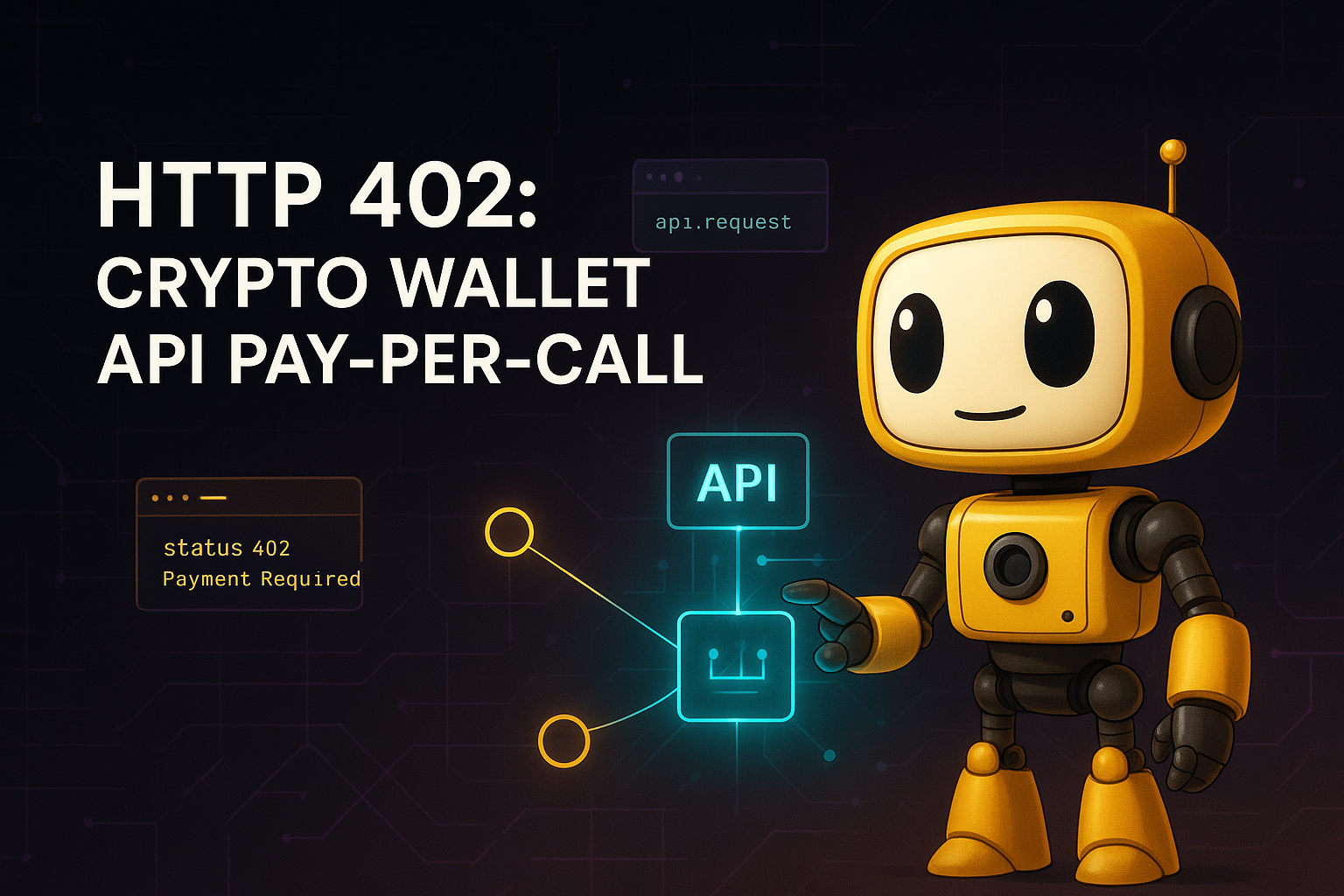


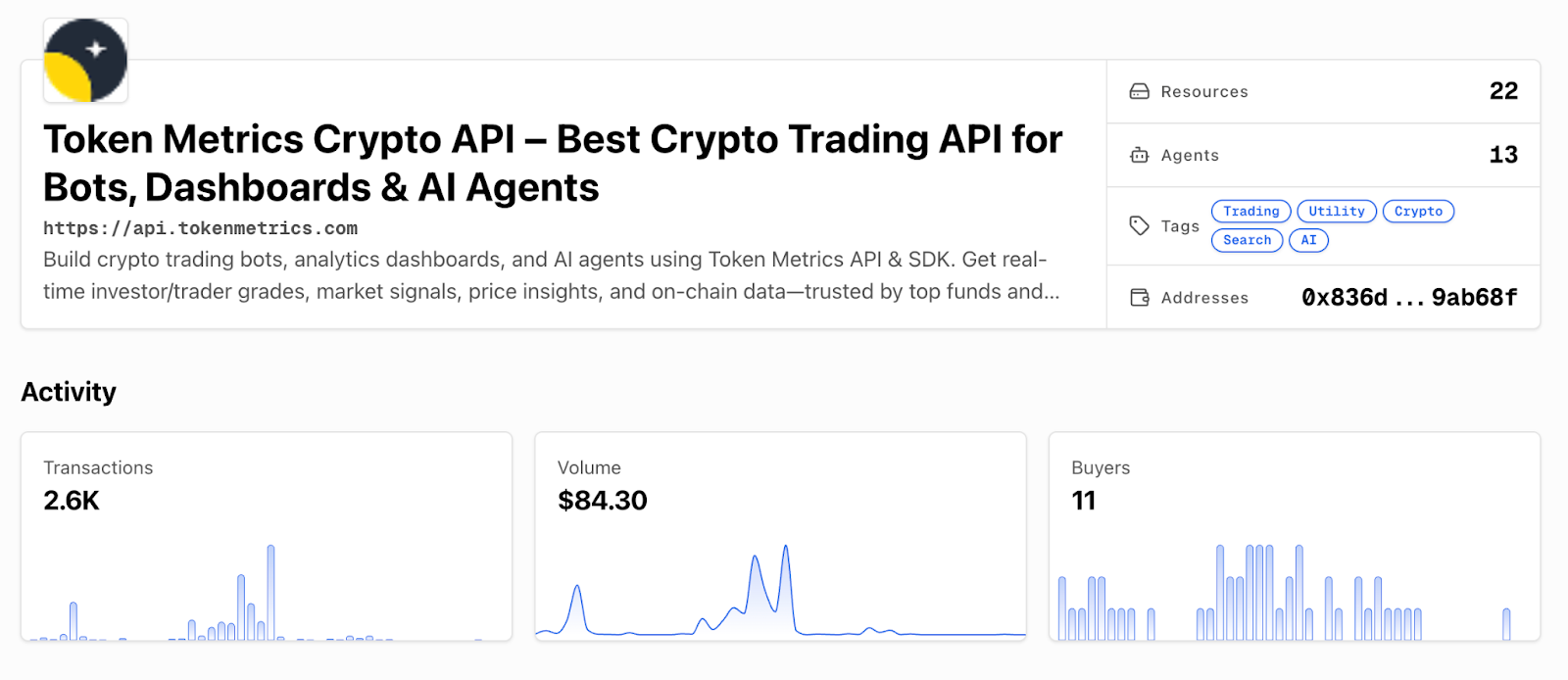
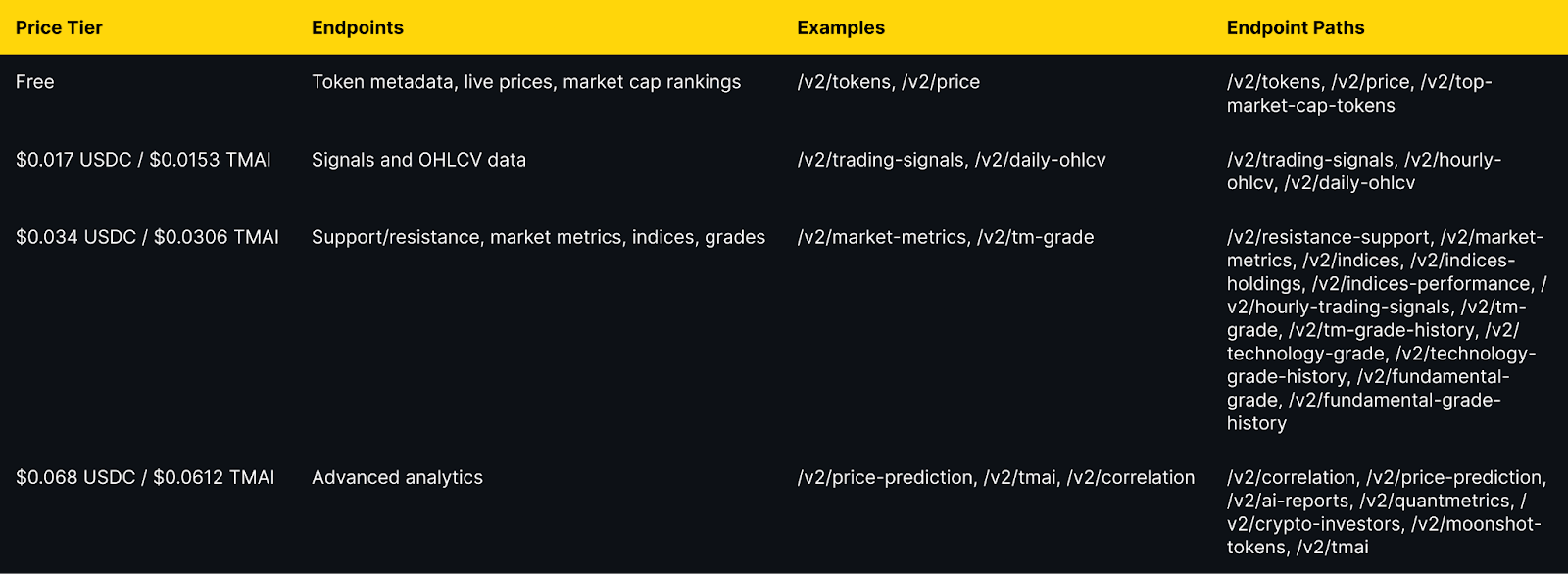
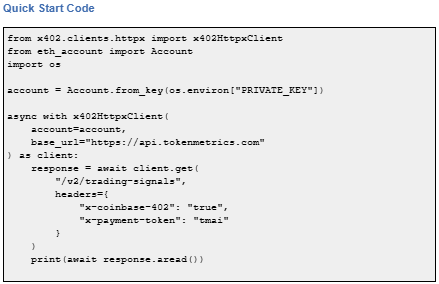



.svg)




.png)